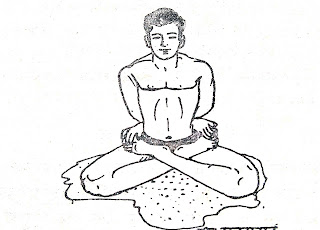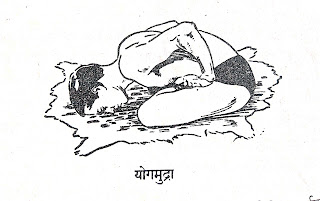"Gururbramha Gururvishnu Gururdevo Maheshwara:"
With such a feeling, seeing the image of Guru, the mind becomes very happy and joyful. There are a number of general guidelines for doing this. When to do the first exercise. That has to be considered.
* Asana exercise time *
Any exercise we usually do in the morning or evening. That means you have to do this asana exercise at some point. Many people say that it is more convenient to exercise in the evening. This is because by evening, your body is more flexible in the evening than in the morning. It is possible to put a lot of stress on the body in the morning.
It is more beneficial to do asana exercises when the stomach is empty and the mind is happy. The morning time is useful for this. Apart from this, even if the limbs feel a little stiff after resting in the morning, the tension on the limbs due to asana is just as scientific. Therefore, the state of the body due to morning asana is beneficial to you. Enthusiasm for work and endurance can be achieved by exercising the asanas in the morning. Seats should be done at any one time as per convenience. But morning time is convenient and beneficial in all respects.
* Seating space *
Seating is especially good where the open air is plentiful. Doors and windows should be kept open. If it is very cold, it is okay to wear salsa on the body. It all depends on your nature and the cold. The space you are going to exercise in should be as clean as possible. There should be a place where flies, mosquitoes, beetles etc. are not disturbed. Burning fragrant incense or incense instead of asanas is environmentally friendly. However, seats should not be used in open space.
• Tools for making seats *
There should be a clean, well-ventilated place to exercise the seats and there should be three feet wide and six feet long satranji. Anything other than Sataranji will work. Which will be clean to sleep. Also, when exercising, there should be space and satranji in such a way that there is no dust. The person doing the asanas should have a simple nappy and shorts to wear. There should also be a small clean towel or rag for occasional support. It is useful for wiping the mouth and nose as well as for resting the head on the head. No other tools are needed to make the seats. Another special tool that is always wanted is peace of mind.
Washing the head with clean cold water, rinsing the toilet and then doing asanas should be done most of the time. Even in the morning, after getting the peace of mind, you should do asanas. Concentration of the mind can only happen when the mind is happy.
It is okay to take a bath and do some exercise after sitting. Exercise should be done if possible, such as sun salutation, jor, masculine meeting, pair rotation, mallakhamba. This has a very positive effect on the body. However, any exercise can be done half an hour after the asana. Asanas should be done 5 to 6 hours after eating milk, food or solid foods. There is no problem in eating and drinking 10 to 15 minutes after the last breath in the seat.






